Ditapis dengan
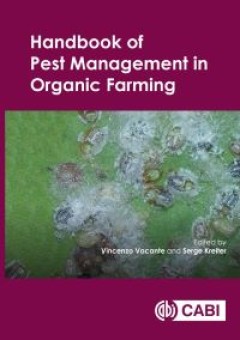
Handbook of Pest Management in Organic Farming
This book is an up-to-date and comprehensive reference covering pest management in organic farming in major crops of the world. General introductory chapters explore the management of crops to prevent pest outbreaks, plant protection tools in organic farming, and natural enemies and pest control. The remaining chapters are crop-based and discuss geographic distribution, economic importance and …
- Edisi
- -
- ISBN/ISSN
- 978-1-780-64500-1
- Deskripsi Fisik
- 577 hlm.
- Judul Seri
- -
- No. Panggil
- -
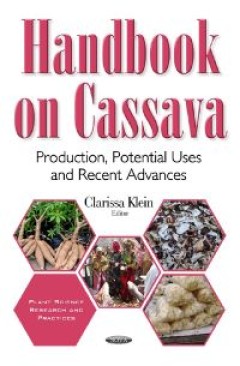
Handbook on Cassava: Production, Potential Uses and Recent Advances
Cassava produces about 10 times more carbohydrates than most cereals per unit area, and are ideal for production in marginal and drought prone areas. Cassava, which originated from tropical South America, is a perennial woody shrub with an edible root, which today is grown in tropical and subtropical regions of the world where it provides energy food and serves as a veritable source of food and…
- Edisi
- -
- ISBN/ISSN
- 978-1-536-10307-6
- Deskripsi Fisik
- 430 hlm.
- Judul Seri
- -
- No. Panggil
- -
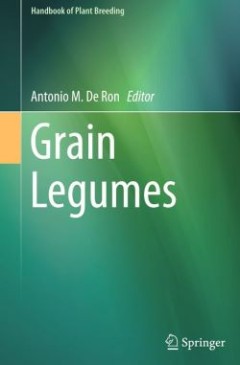
Grain Legumes
This book is devoted to grain legumes and include eight chapters devoted to the breeding of specific grain legume crops and five general chapters dealing with important topics which are common to most of the species in focus. Soybean is not included in the book as it is commonly considered an oil crop more than a grain legume and is included in the Oil Crops Volume of the Handbook of P…
- Edisi
- -
- ISBN/ISSN
- 978-1-4939-2797-5
- Deskripsi Fisik
- 449 hlm.
- Judul Seri
- Handbook of Plant Breeding 10
- No. Panggil
- -
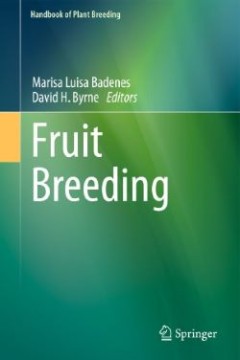
Fruit Breeding
Fruit Breeding is the eighth volume in the Handbook of Plant Breeding series. Like the other volumes in the series, this volume presents information on the latest scientific information in applied plant breeding using the current advances in the field, from an efficient use of genetic resources to the impact of biotechnology in plant breeding. The majority of the volume showcases individual cro…
- Edisi
- -
- ISBN/ISSN
- 978-1-4419-0763-9
- Deskripsi Fisik
- 892 hlm.
- Judul Seri
- Handbook of Plant Breeding 8
- No. Panggil
- -
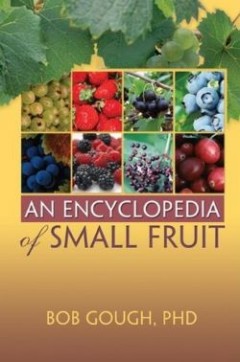
An Encyclopedia of Small Fruit
An A-to-Z look at the world of small fruits While there are many books on small fruit culture, their focus is often very specific or confined to just a few species. Packed with useful information, An Encyclopedia of Small Fruit is the comprehensive A-to-Z reference that not only details all temperate and tropical small fruit grown throughout the world, but also provides a description and cultur…
- Edisi
- -
- ISBN/ISSN
- 978-1-56022-939-1
- Deskripsi Fisik
- 153 hlm.
- Judul Seri
- -
- No. Panggil
- -
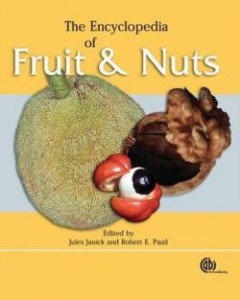
The Encyclopedia of Fruit and Nuts
Intended for all your research needs, this encyclopedia is a comprehensive collection of information on temperate and tropical fruit and nut crops. Entries are grouped alphabetically by family and then by species, making it easy to find the information you need. Coverage includes palms and cacti as well as vegetable fruits of Solanaceae and Curcurbitacea. This book not only deals with the horti…
- Edisi
- -
- ISBN/ISSN
- 978-0-85199-638-7
- Deskripsi Fisik
- 993 hlm.
- Judul Seri
- -
- No. Panggil
- -
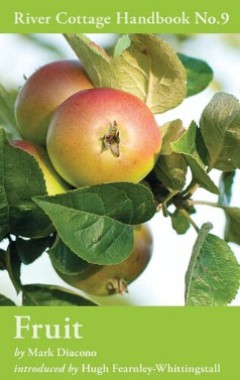
Fruit
Growing fruit at home is a delicious and altogether more enjoyable alternative to buying it in the shops. Mark Diacono offers a practical and accessible guide to making the most of your garden and what it has to offer. The first part of the book is an A-Z of the different varieties of fruit, with old favourites like apples, cherries, plums, blackcurrants, white currants, redcurrants, strawber…
- Edisi
- -
- ISBN/ISSN
- 978-1-40889633-4
- Deskripsi Fisik
- 354 hlm.
- Judul Seri
- River Cottage Handbook No.9
- No. Panggil
- -
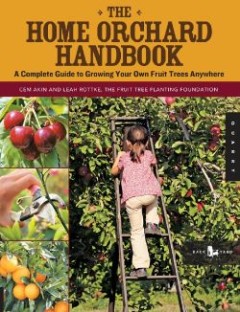
The Home Orchard Handbook: A Complete Guide to Growing Your Own Fruit Trees A…
Crisp apples, tart lemons, lush figs, tender peaches—imagine the bounty of a late-summer farmer’s market, right in your backyard! Learning how to plant and care for fruit trees is a desirable, accessible activity for a wide range of people. It’s a natural extension of many gardeners’ repertoires, and the investment yields generations of results. Growing your own fruit ensures a fresh, d…
- Edisi
- -
- ISBN/ISSN
- 978-1592537129
- Deskripsi Fisik
- 493 hlm.
- Judul Seri
- -
- No. Panggil
- -
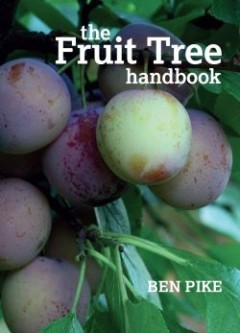
The Fruit Tree Handbook
The Fruit Tree Handbook is a clear, practical guide for both amateur and expert, conveying a deep respect for the natural world and showing how to cultivate healthy trees through good management. Apples, pears, plums, cherries, apricots, peaches and nectarines, as well as less common fruits such as mulberries, medlars and figs, are covered in detail, with recommended varieties of each. The Frui…
- Edisi
- -
- ISBN/ISSN
- 978-1-900322-74-4
- Deskripsi Fisik
- 353 hlm.
- Judul Seri
- -
- No. Panggil
- -
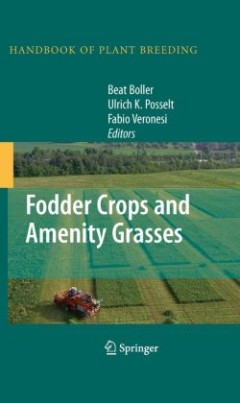
Fodder Crops and Amenity Grasses
Grassland farming in Europe was already established during the settlement of the rst farmers together with their domesticated animals after the last ice age. Since then, grassland provides the forage basis to feed ruminant animals for the p- duction of meat and milk. Depending on the ecological conditions and intensity of usage, various plant communities with different species developed, displa…
- Edisi
- -
- ISBN/ISSN
- 978-1-4419-0760-8
- Deskripsi Fisik
- 526 hlm.
- Judul Seri
- Handbook of Plant Breeding 5
- No. Panggil
- -
 Karya Umum
Karya Umum  Filsafat
Filsafat  Agama
Agama  Ilmu-ilmu Sosial
Ilmu-ilmu Sosial  Bahasa
Bahasa  Ilmu-ilmu Murni
Ilmu-ilmu Murni  Ilmu-ilmu Terapan
Ilmu-ilmu Terapan  Kesenian, Hiburan, dan Olahraga
Kesenian, Hiburan, dan Olahraga  Kesusastraan
Kesusastraan  Geografi dan Sejarah
Geografi dan Sejarah